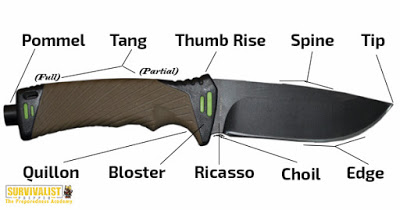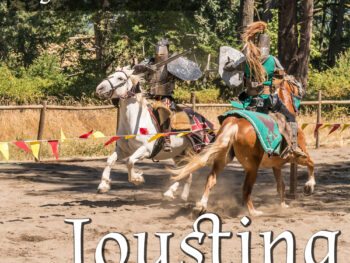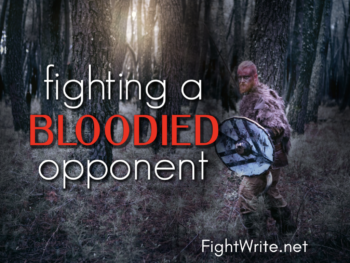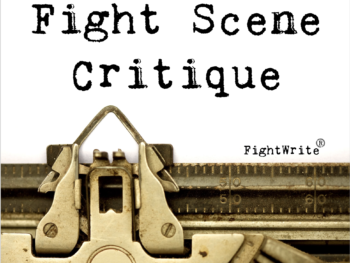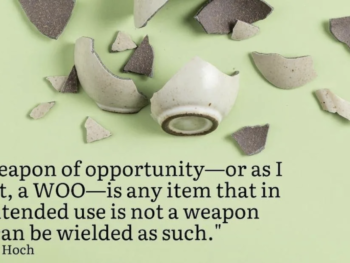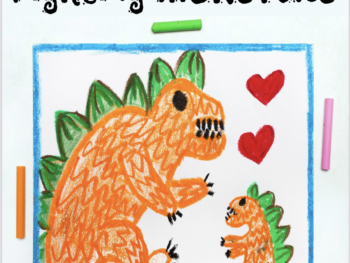All weapons look as they do for a reason. That includes knives. Occasionally you will find some that have little additions here and there that are simply for the sake of looking awesome. Mostly, however, every tiny bit serves the purpose for which the blade profile, or shape, was designed. And, yes, different blade profiles serve different purposes. I will address them in another post.
It’s important to know the parts of a knife if your character regularly carries one. I advise against using technical words in your work but you personally may need a reference as the scene plays out in your head. Also, if you are creating an original knife, it will still need some of these features to be both a viable and safe weapon to wield.
Here’s a few diagrams. Each shows something a little different and none show all the vocabulary words I’ve provided. After the vocabulary is a video you absolutely should watch. Even if your book doesn’t include anything sharp, the video is great and makes me happy inside.
Folding Knife – Any knife that allows the blade to be folded into the handle.

Fuller – A groove that lightens and stiffens the blade. Also known as a blood groove, though the term is inaccurate.
Heel – The part of the cutting edge farthest away from the point. It’s most efficient for making quick, coarse cuts and jobs that require strength or pressure.
PlainEdge – A sharpened knife blade with no serrations or teeth. Sometimes called a smooth blade.
Point – The tip of the blade.
Pommel – The knob or expansion found on the of end a sword or knife.
Quillion – A handguard protruding from both sides of the handle (where the handle and blade meet), which stops the hand from slipping up onto the blade. The most protective part of the guard.
Ricasso – The ricasso is the flat section of the blade between the guard and the start of the bevel. This is where you will most often find the tang stamp or an imprinting that can show style number, collector’s number, manufacturer’s name. Thumb Ramp/Rise. A point or crest on the blade spine that creates a spot where the thumb is placed and offers leverage while holding the knife and cutting also referred to as a spine cusp.
Serrated Edge – Serrations are a set of “teeth” or notches on the back or front of the blade to aid in cutting. Also referred to as a “Wavy Edge”.
Spine – The unsharpened edge of a blade opposite to the cutting edge, also known as the back.
Spring – A flat piece of steel kept under pressure by the rivet assembly that holds the blade in an open position. They can be one end springs or two end springs. One end springs hold a single blade open, while two end springs hold two blades open; one on each end.
Tang – The portion of the blade where it connects to the handle. If it is completely embedded in the handle and out of sight, it is a “hidden tang.”
Thumb Ramp/Rise – A point or crest on the blade spine that creates a spot where the thumb is placed and offers leverage while holding the knife and cutting also referred to as a spine cusp.
Now for the video. I love it because it shows several things that MUST be shown in your knife fight scene. 1. Everyone gets cut. I can’t stress that enough. EVERYONE. 2. Knife fights aren’t just knife fights. They are physical confrontations as well. 3. Real knife fights have no whatifs. They are fast, high energy and random. You don’t have time to think or consider the right response. As Saulo Ribeiro said, “if you think, you’re late.”




